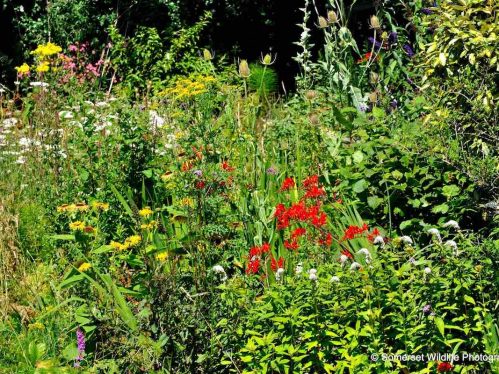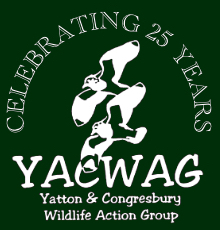

Wildlife
Gardening
______
There are many practical ways to enhance your garden for wildlife, whether you have a window box, a balcony, a yard, or a larger garden space you can utilize. We have plenty of ideas on how you can help nature from planting flowers, bird feeders and hedgehog boxes, to building ponds.
Gardening for Wildlife
Children usually have an instinctive love of nature and many adults like to see them enjoy wildlife – so long as it is the ‘right’ sort of wildlife. The nature-lover’s maxim should, however, be ‘Live and Let Live’. If you like seeing a song thrush, you will grow to like seeing the snails it eats. The overall aim should be for a healthy eco-system rather than mentally dividing your garden residents up into ‘good’ and ‘bad’. So-called ‘pests’, like greenfly on your roses, will soon become food for the blue tits you enjoy watching.
Nature is important, though, not just for entertainment value but because what is healthy for mini-beasts is also healthy for us. A garden that is teeming with wildlife will be a garden that is good for our bodies, minds and spirits.
There has never been a more important time to make your own contribution to biodiversity by letting your garden double up as ‘habitat’. Wildlife in the countryside has taken a huge ‘hit’ from modern agriculture, development and pollution. Your garden can help counter this.
However small or large your plot, there are many ways to enhance your garden for wildlife. We hope you will find some ideas to suit you below.
Dos and Don’ts
Some of the ‘don’ts’ are the easiest to accomplish and the most effective way to change your garden into a wildlife haven.
- Don’t tidy up too much in the autumn. Leave some dead wood, twigs, leaves.
- Don’t keep every part of the garden tidy– if you have space, have a rough area that is left undisturbed most of the time.
- Don’t use pesticides and weedkillers. Let your dandelions flower in the spring. They provide important food for bees.
- Grow some wild flowers – many species fit well into a mixed herbaceous border. A mixture of trees, shrubs and flowers gives the right kind of structure.
- Put out food and water for birds and other wildlife.
- Make a wildlife pond. However small it will be useful to wildlife – but don’t put fish in it.
- Make a log or rock pile – or a mixture of both – in a shady place.
Further information
Books
There are many informative books. The classic is ‘How to Make a Wildlife Garden’ by Chris Baines.
Websites
For an insight into the creation of wildlife garden belonging to one of YACWAG’s trustees ("Higgy") as well as ideas to use in your own garden.
From the team at BBC Wildlife Magazine.
From the Royal Society for the Protection of Birds on creating a wildlife-friendly garden.
© Copyright YACWAG, or original authors. All rights reserved. | Registered charity 1076362 | Privacy policy | Cookie policy | Terms & Conditions |Web design: StanfordGraphics


